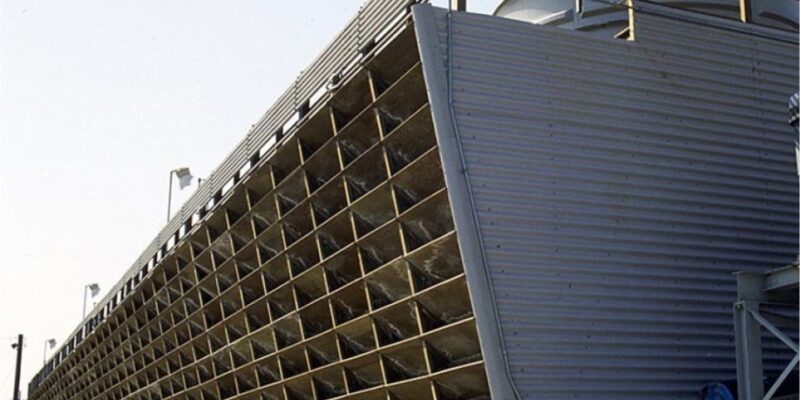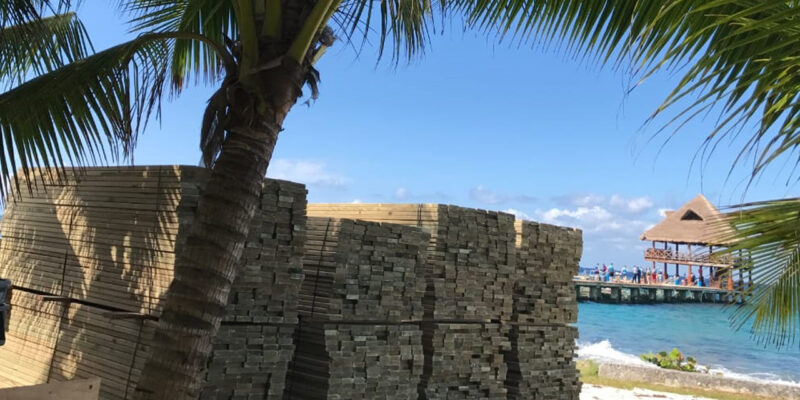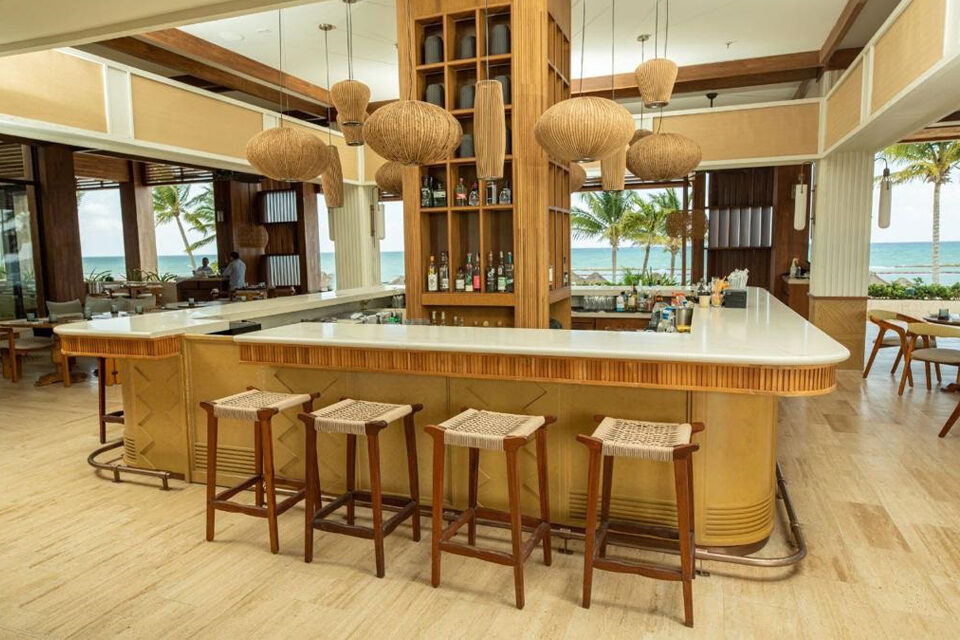Treated wood palapas have become a preferred choice for those looking to create outdoor spaces that blend style, functionality, and durability. These structures, typical of natural and tropical settings, provide an aesthetic and cozy retreat in gardens, terraces, hotels, beaches, and restaurants. In this article, we explore how Madera Mac leads in manufacturing treated wood palapas, detailing their benefits in terms of style, durability, and sustainability, and why they are an ideal investment for those seeking beauty and quality.
Natural and Attractive Style
Treated wood palapas bring a rustic and elegant aesthetic, adding a natural touch that complements almost any space. Their open design allows you to enjoy nature without compromising on protection and comfort. Customization options ensure each palapa meets the style needs and preferences of every client, from classic models to contemporary designs that fit seamlessly into urban and rural settings.
Adaptability to Any Space
Beyond aesthetics, one of the main advantages of treated wood palapas is their adaptability to different spaces and environments. Wood is a versatile material that can be crafted into various shapes and finishes, allowing palapas to fit gardens, terraces, patios, and recreational areas. By blending into natural surroundings, they create a visual balance between built space and vegetation, providing a peaceful and harmonious environment.
Personalized Design Options
Every client is unique, and at Madera Mac, we understand that needs vary. That's why we offer personalized design options that let our clients create the perfect palapa. From size and shape to finishing details and colors, a treated wood palapa can be customized to reflect the unique style of each space. This approach allows each palapa to serve a specific function, whether as an entertainment area, a sunny-day refuge, an outdoor dining space, or even as a focal point in landscape design.


Durability and Strength
One of the main concerns when choosing materials for outdoor spaces is their resistance to weather conditions. Madera Mac's treated wood palapas undergo special treatments that reinforce wood durability against factors such as moisture, UV rays, and temperature changes. Thanks to these processes, palapas not only withstand natural wear and tear but also maintain their appearance and functionality for years.
Weather Protection
Treated wood palapas are designed to withstand heat, rain, and humidity. Water protection is essential in humid climates, as it prevents the growth of mold and avoids premature wood deterioration. UV resistance, on the other hand, helps the wood retain its color and natural beauty for longer. These benefits make treated wood palapas a safe and reliable option for those looking for a durable and resilient outdoor space.
Low Maintenance Requirements
Another important advantage of treated wood palapas is their low maintenance. Unlike other materials that require constant care, treated wood only needs basic maintenance to keep its appearance. Periodic cleaning and occasional application of sealants are enough to keep the palapa in good condition, resulting in long-term savings in time and money.
Sustainability and Environmental Responsibility
Sustainability is an increasingly important factor when choosing building materials. At Madera Mac, we are committed to the environment, using sustainably and responsibly sourced treated wood. By choosing our palapas, our clients not only receive a high-quality product but also contribute to the conservation of natural resources, supporting a circular and eco-friendly economy.
Responsibly Sourced Wood
We use only responsibly sourced wood, ensuring that the forests it comes from are maintained and regenerated. This means that by choosing a treated wood palapa, clients are opting for a product that respects the natural life cycle of trees, reducing the environmental footprint compared to materials like metal or plastic.
Sustainability Certifications
Madera Mac's treated wood palapas are backed by sustainability certifications that ensure high standards of environmental responsibility are met. These certifications guarantee that the production process is environmentally friendly, from wood selection to treatment and final finishes. This responsible choice allows our clients to enjoy their outdoor spaces with the peace of mind that they are contributing to a healthier planet.
Versatility in Commercial and Residential Applications
Treated wood palapas are not only ideal for residential gardens; their versatility makes them an excellent option for commercial applications in hotels, restaurants, and entertainment centers. The ability to customize them and their durability in the face of constant use and outdoor conditions make them particularly valued in large-scale projects.
Attractive Spaces for Customers
In a commercial setting, a treated wood palapa can become a focal point. Hotels and restaurants can use these spaces to create outdoor areas that attract customers, enhancing their experience and fostering a relaxed and pleasant atmosphere. By providing shade and a comfortable space, palapas become the perfect setting for outdoor events and gatherings.



























